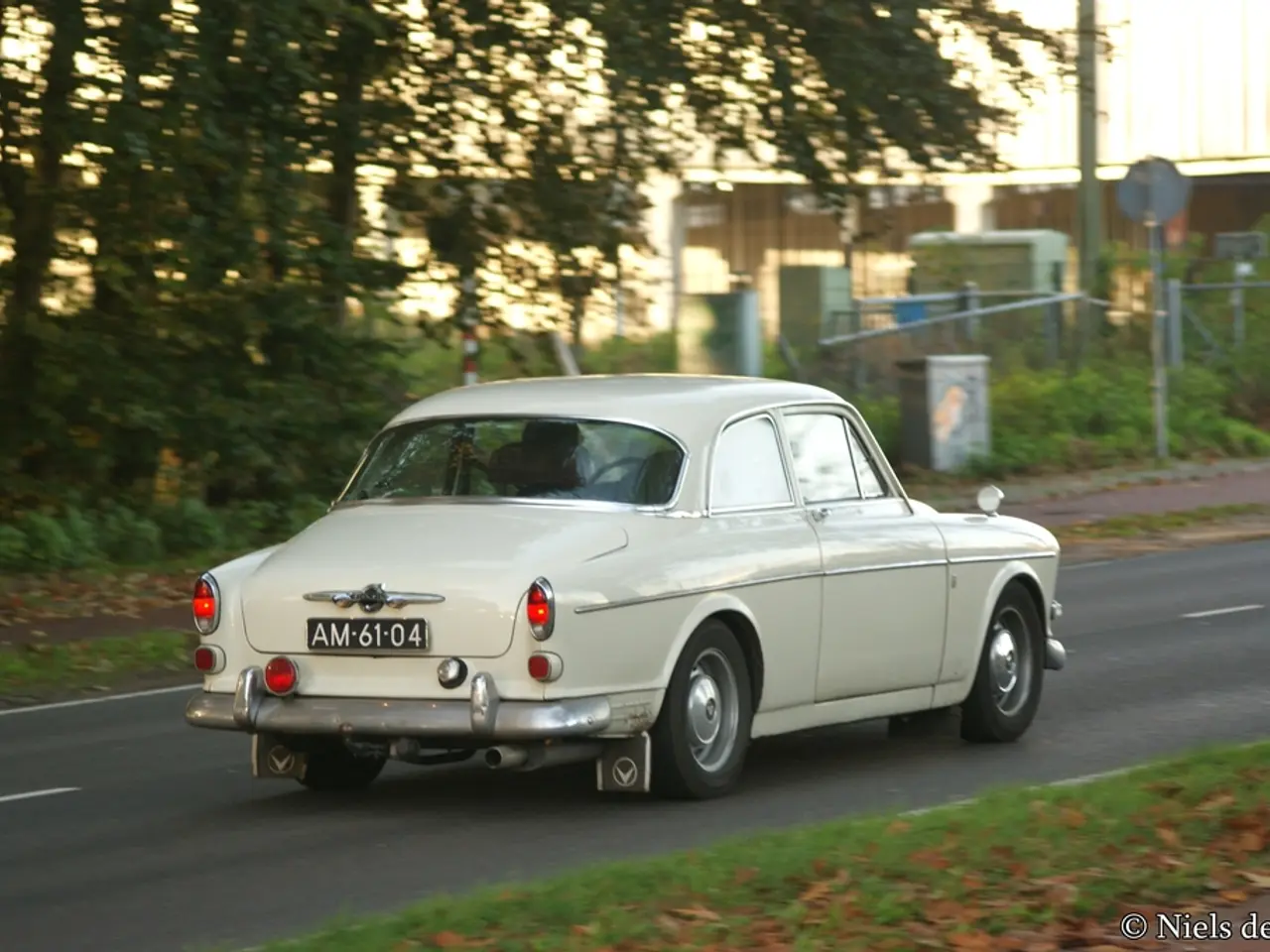Iconic Journey of Route 66, Legendary Highway Linking Chicago to California
In the heart of the 20th century, a highway that would become synonymous with American history and culture took shape. Established in 1926, Route 66 – often hailed as the "Mother Road," "Old 66," and "Main Street of America" – stretched approximately 2,400 miles from Chicago, Illinois, to Los Angeles, California.
Origins and Development
Born during the rise of automobile travel in the mid-1920s, Route 66 aimed to link small rural Midwest communities with major cities and distribution hubs like Chicago. It connected Illinois, Missouri, Kansas, Oklahoma, Texas, New Mexico, and California, facilitating the transport of agricultural products and encouraging economic development.
The route was made by connecting and upgrading existing roads, many originally trails or farm-to-market routes. Illinois played a significant role, as it already had paved roads that were incorporated into Route 66, making it the first state to complete its segment. Cyrus Avery, known as the "Father of Route 66," was instrumental in selecting the highway’s number and securing its paving in the 1930s, especially in Oklahoma, which contains the longest drivable stretch today. Route 66 was the first highway of its length to be entirely paved and uniquely traversed the country diagonally.
A Highway of Hope and Hardship
During the Great Depression and Dust Bowl of the 1930s, Route 66 became a vital escape route for thousands of displaced families seeking new opportunities in California. John Steinbeck famously called it the "Mother Road" in his novel The Grapes of Wrath, symbolizing hope and renewal.
The highway supported the booming trucking industry and helped diminish dependence on railroads for transportation of goods. During World War II, Route 66 moved military personnel and equipment effectively across the country.
A Symbol of the American Road Trip
After the war, Route 66 became synonymous with the American road trip and car culture, symbolizing freedom, adventure, and the open road. It helped spur tourism and the growth of roadside businesses, motels, diners, and gas stations.
The popular 1946 song "Route 66," famously performed by Nat King Cole among others, helped cement the highway’s place in popular culture. Today, Route 66 is celebrated as an emblem of Americana with museums, festivals, historic sites, and preservation efforts recognizing its historical and cultural legacy.
The Decline and Preservation of Route 66
In 1956, President Eisenhower signed the Federal-Aid Highway Act, which led to the construction of interstates and the eventual obsolescence of Route 66. By the 1980s, Interstates I-55, I-44, I-40, I-15, and I-10 replaced Route 66. The highway was officially decommissioned in stages, with Missouri ending its designation in 1981 and the national decommissioning completed in 1985.
However, 85 percent of the original Route 66 remains drivable today, and many of its most iconic roadside attractions are still in business. In 1999, President Bill Clinton signed a National Route 66 Preservation Bill, providing $10 million to preserve and restore features of the iconic road.
A Symbol of American Resilience
Route 66 holds a unique place in American history and culture due to its role in economic development, migration during hardship, wartime logistics, and the growth of a distinctly American car and tourism culture. It remains a powerful symbol of mobility, opportunity, and adventure.
Congress recognized the historic Route 66 as a symbol of the American people's heritage of travel and their legacy of seeking a better life in 1990. In the post-war years, Americans had money to spend and were eager to travel, leading to a surge in car ownership. Route 66 became a travel magnet in the post-war years, attracting many Americans looking to explore the open road. Bobby Troup, an American, wrote the iconic song "(Get Your Kicks on) Route 66" in 1946 after driving across the country. The famous Route 66 served both military members and civilians traveling to the West Coast during World War II.
In summary, Route 66 is more than just a highway; it is a testament to American resilience, innovation, and the indomitable spirit of adventure. Despite its decommissioning, its legacy lives on, inspiring generations to hit the open road and seek new horizons.
Tourists traveling along Route 66 can immerse themselves in the rich tapestry of American history and lifestyle, as the highway serves as a cultural and historical timeline. From the periods of economic growth in the 1920s, the Great Depression and Dust Bowl, up to the post-war years of world exploration, Route 66 has witnessed and catalyzed numerous significant events in the nation's evolution. The unique blend of history, culture, and travel experiences make Route 66 an essential component of every American road trip.




